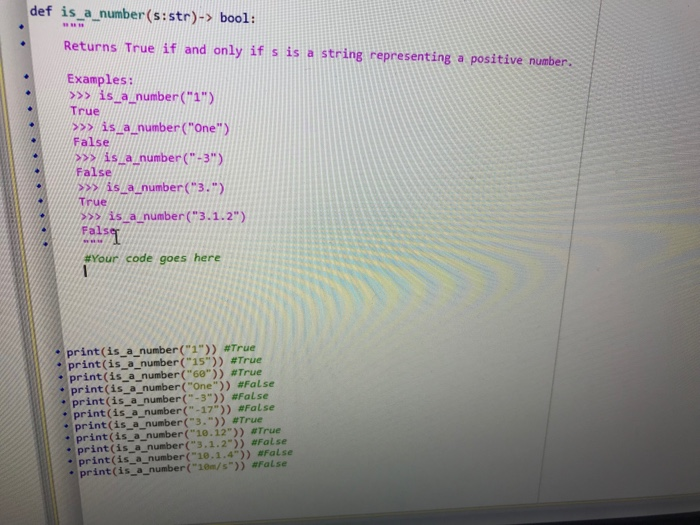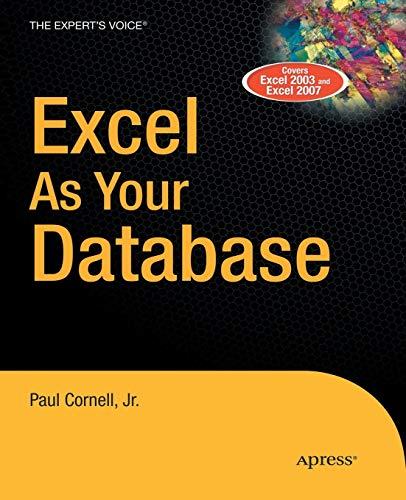Answered step by step
Verified Expert Solution
Question
1 Approved Answer
Not allow 1.loop 2.try except def is_a_number (s:str)-> bool: Returns True if and only if s is a string representing a positive number. Examples: is
Not allow
1.loop
2.try except

Step by Step Solution
There are 3 Steps involved in it
Step: 1

Get Instant Access to Expert-Tailored Solutions
See step-by-step solutions with expert insights and AI powered tools for academic success
Step: 2

Step: 3

Ace Your Homework with AI
Get the answers you need in no time with our AI-driven, step-by-step assistance
Get Started


